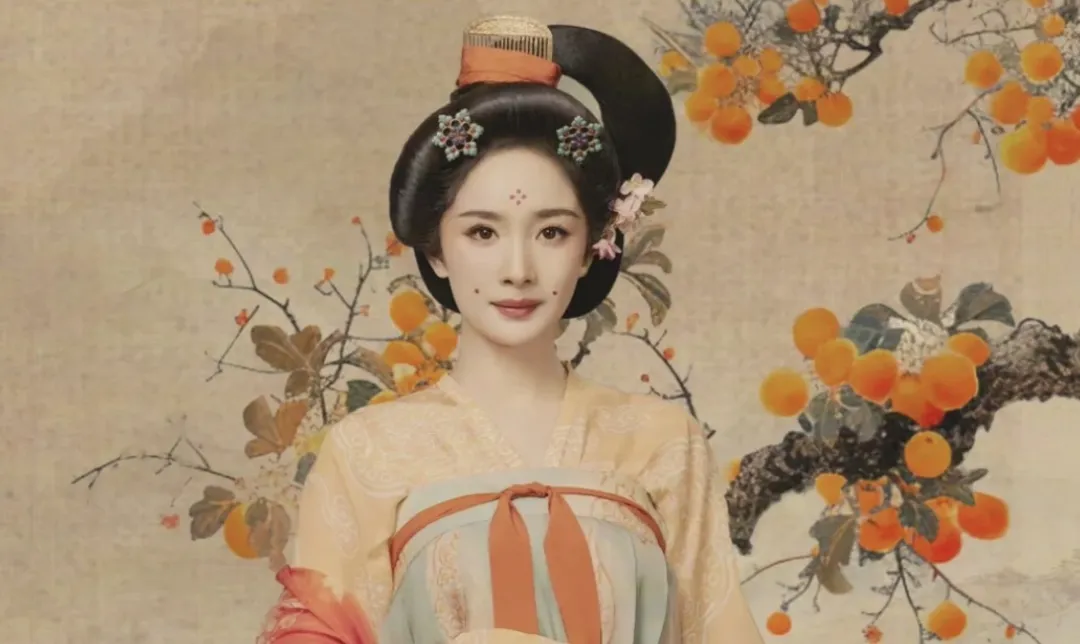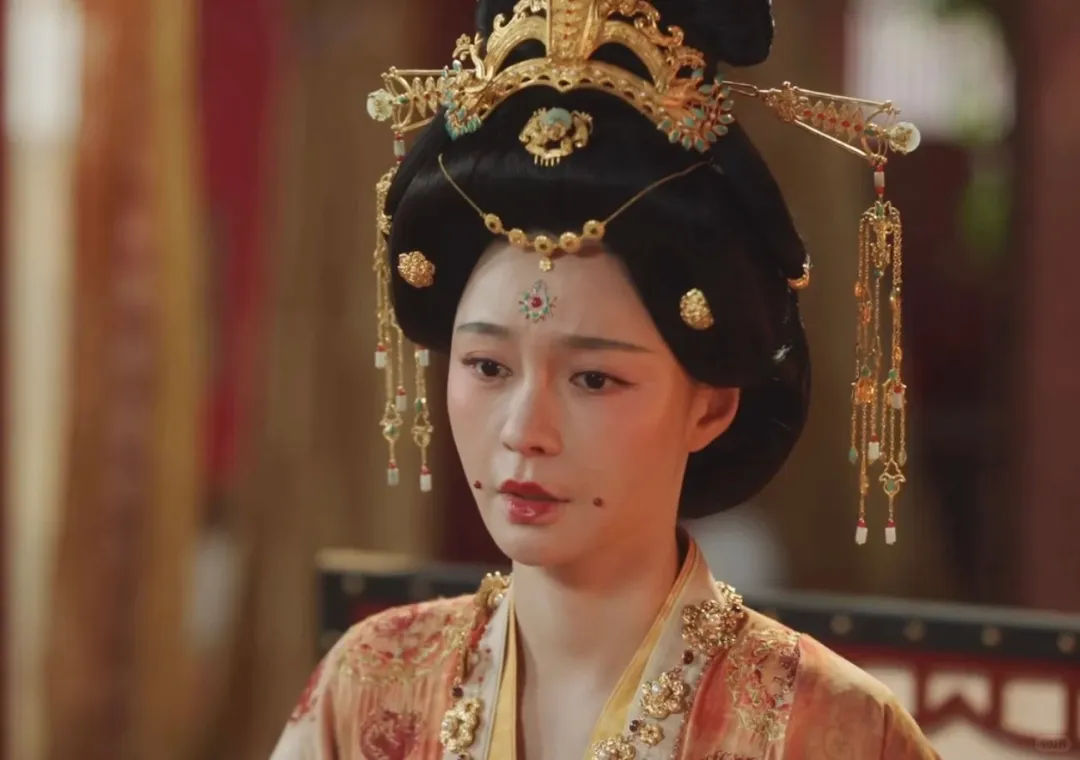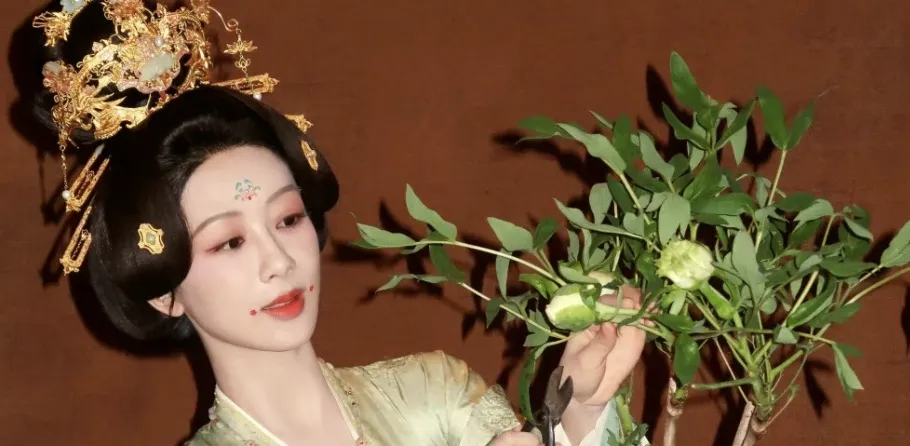The Red Dots: More Than Just Decoration
In the upcoming drama Lychees of Chang’an, Yang Mi’s Tang Dynasty-inspired makeup has sparked curiosity—particularly the two red dots near her lips. These are no random embellishments. Known as mianye (面靥, pronounced "myan-yeh"), they trace back to the Han Dynasty (206 BCE–220 CE) and evolved into a symbol of sophistication during the Tang era (618–907 CE).
Historical records, like Shuowen Jiezi (说文解字), define mianye as decorative marks near the dimples. Initially called dì (旳), they later took diverse forms—dots, crescent moons, floral shapes—and materials like gemstones, gold foil, or even dried botanicals. For example, Lingbiao Luyi (岭表录异) mentions using pressed flowers as eco-friendly alternatives.
One theory links mianye to palace life. Concubines allegedly used these dots to discreetly signal menstruation, avoiding imperial duties. Over time, the practice trickled down to commoners, transforming into a beauty statement . By the Tang Dynasty, creativity soared: dots expanded to foreheads and temples, morphing into huadian (花钿, floral motifs) and zhenzhu zhuang (珍珠妆, pearl-studded designs). These weren’t just pretty—they softened facial lines, offering a timeless anti-aging hack.
Tang women embraced maximalism. Imagine gold leaf swirls, ruby-studded cheeks, or peony-shaped mianye—all while maintaining harmony. Dunhuang murals reveal how these designs balanced extravagance with elegance, creating a "mysterious allure" that still captivates modern audiences.
Why Modern Beauty Loves Ancient Tricks
Yang Mi’s makeup isn’t just historical cosplay. The dots’ strategic placement—mimicking natural dimples—visually lifts the face, a trick makeup artists still use today. Materials matter too: pearls convey softness, while gold accents add drama. Adjusting size and shape modernizes the look without losing its Tang essence.
Tang-inspired aesthetics are resurfacing globally. On Instagram, hashtags like #TangMakeup showcase bold brows, blush-heavy "drunken blush" looks, and yes, mianye-inspired dots. Brands like Florasis blend these motifs into palettes, proving ancient trends can feel fresh.
Yang Mi’s mianye isn’t just about nostalgia—it’s a bridge between eras. Whether signaling royal secrets or enhancing cheekbones, these dots remind us that beauty is timeless, playful, and always evolving. Next time you dab on blush, ask: Could a tiny red dot change everything?



